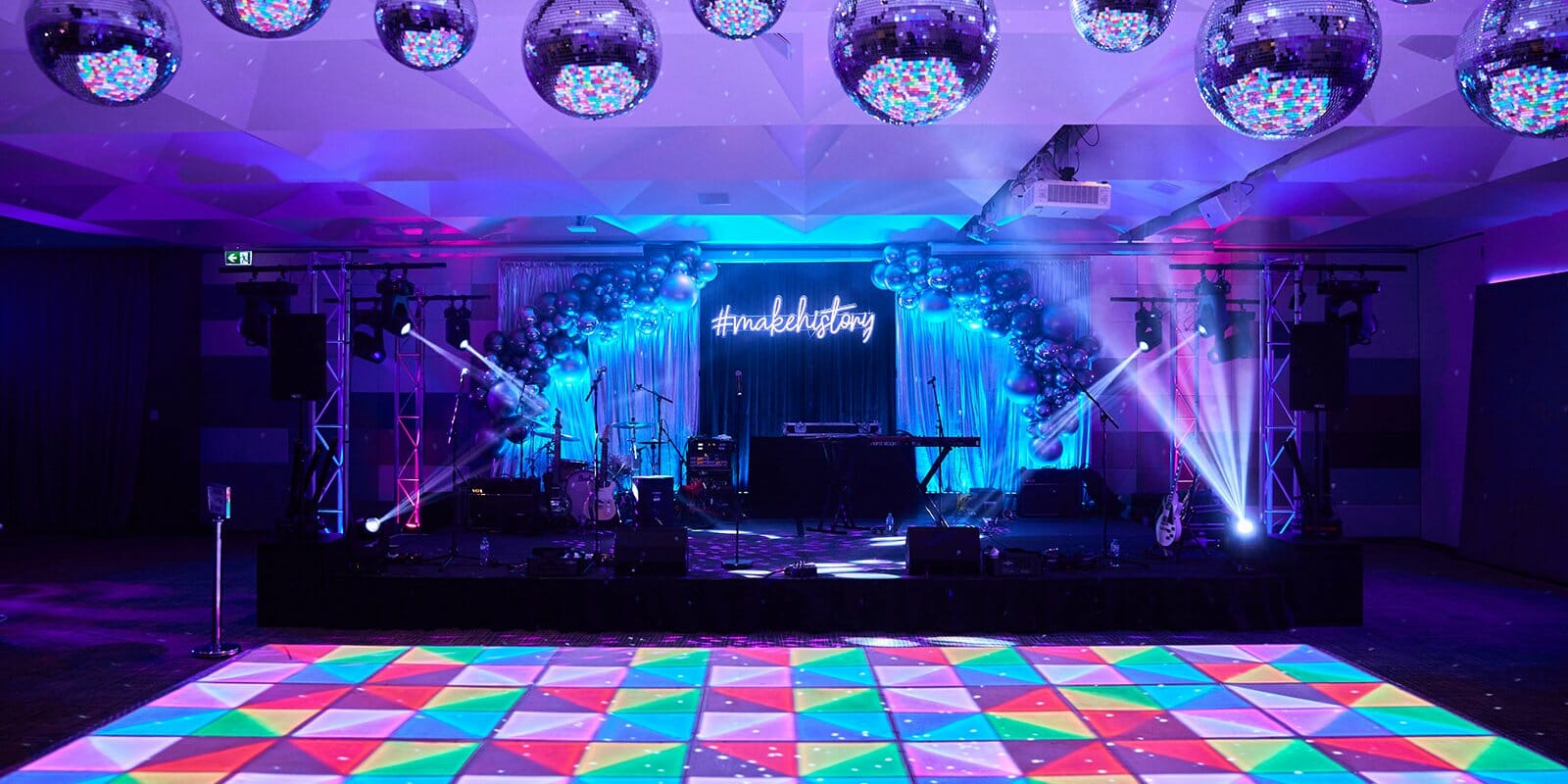Ensuring Security and Pleasure on the Dancing Space: Identifying and Mitigating Typical Risks
Ensuring Security and Pleasure on the Dancing Space: Identifying and Mitigating Typical Risks
Blog Article
Dancing is a well-liked activity that brings individuals collectively, regardless of at a party, a club, or a unique occasion. Yet, although dancing can be a lot of fun, it is essential to maintain security in mind. The dance area can present various hazards that may lead to accidents or mishaps if not addressed appropriately. By identifying and preventing these frequent hazards, function organizers and dancers can ensure a safe and pleasant experience for all.
One of the major significant hazards on the dance floor is the threat of slipping up or falling. This can happen due to spills, uneven ground, or crowded spaces. To prevent these accidents, it is important to keep up a tidy and clear dance area. Event organizers should frequently check the area for any leaks or obstacles and clean them up immediately. Furthermore, ensuring that the dance floor is well-lit can help dancers identify potential hazards, lessening the chances of slipping. Dancers should also be cognizant of their environment, avoiding crowded areas where they may be shoved or stumbled.
Another frequent issue on the dance area is the potential for injuries caused by too many people. When too many individuals congregate in one area, it can lead to bumps, contusions, and even more serious injuries. To prevent overcrowding, locations should establish a limit capacity for the dance area and monitor it closely. Event coordinators can use fencing or cords to create designated areas for dancing, which can help manage crowd movement. Additionally, encouraging dancers to be aware of their personal area and to respect others can create a safer their explanation environment for all.
Injuries can also happen from improper footwear. Using shoes that are not appropriate for dancing can lead to slips, accidents, or foot damages. Dancers should choose footwear that provides adequate support and grip. Event organizers can encourage guests to wear appropriate shoes by adding this information in invitations or communications. Providing a location for dancers to keep their shoes can also help keep the dance area secure and free from potential risks.
Lastly, it is vital to consider the significance of health and wellness on the dance floor. Staying well-hydrated is important, especially during long periods of dancing. Lack of hydration can lead to lightheadedness, fatigue, and other health issues. Event coordinators should provide hydration stations or encourage guests to bring water containers. Additionally, it is vital for dancers to listen to their bodies and take pauses as necessary. By promoting a healthy atmosphere, everyone can savor dancing while minimizing the risk of health-related concerns.
In summary, ensuring safety and pleasure on the dance area requires awareness and proactive measures. By recognizing hazards such as slips, overcrowding, unsuitable footwear, and health concerns, event organizers and dancers can work together to create a secure environment. Taking these steps not only prevents you could look here accidents but also enhances the overall encounter for all involved. With proper precautions, the dance area can remain a place of fun and camaraderie for everyone.